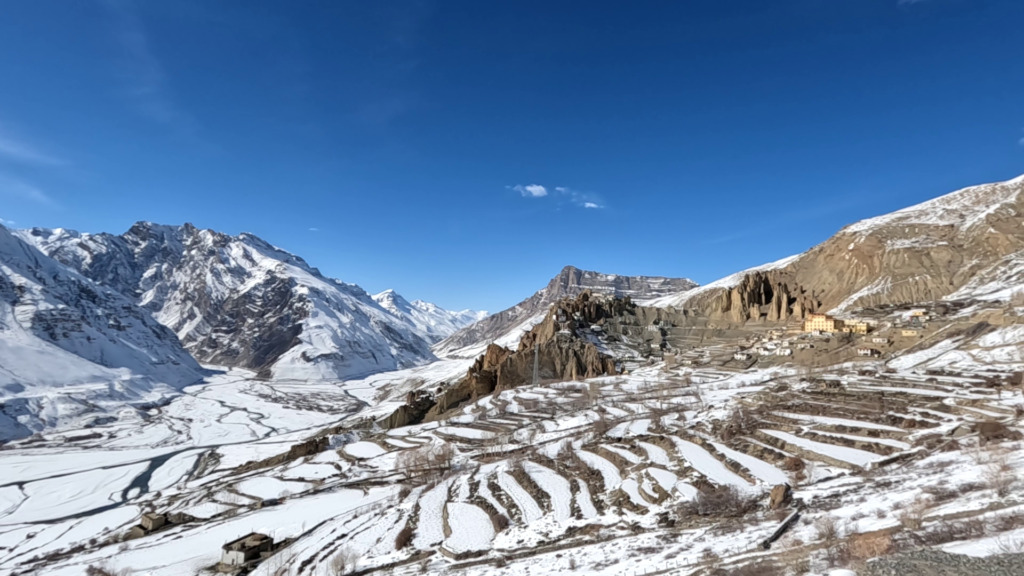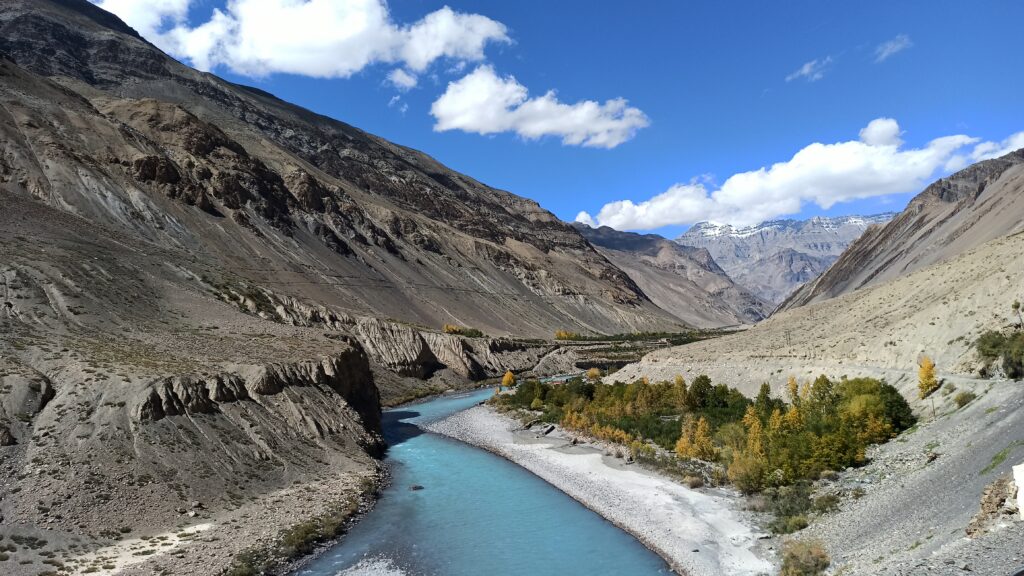10 Must Visit Buddhist Monasteries In India
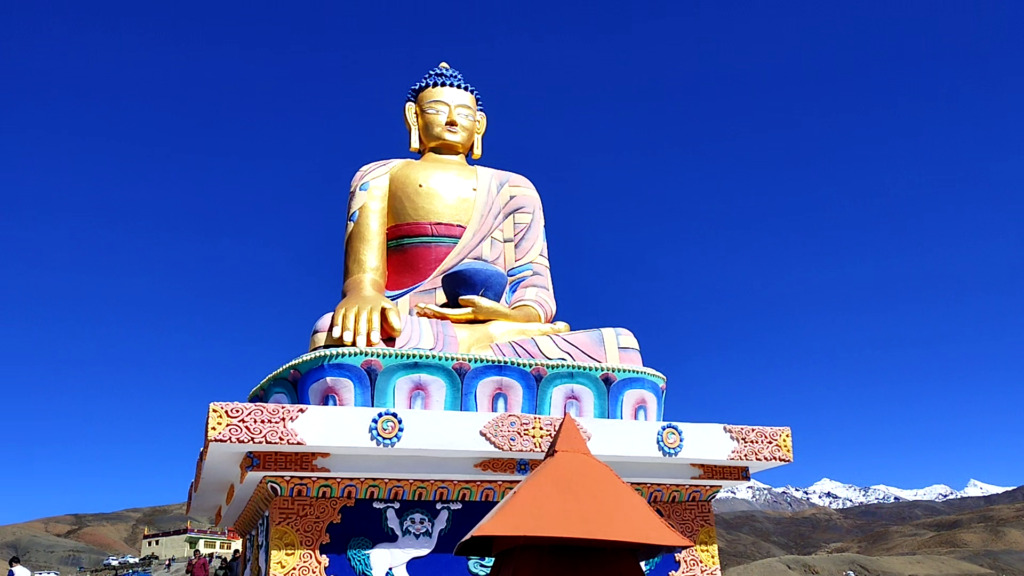
Imagine yourself in a mountainous area where the air is thick with the scent of peace. When you close your eyes in a peaceful environment, you feel like you are floating in the sky. That’s the atmosphere of an Indian Buddhist monastery, after all. It is the excitement of taking in the breathtaking architecture combined with the countless moments of peace found in these Buddhist monasteries.
These monasteries stood against the time to showcase us Buddhist history, culture and spirituality. These spiritual monasteries offer us a unique experience of the living heritage of Buddha and the artistry of Tibetan people. You can sense a lot of positive vibes when visiting any stupa or monastery. The monasteries in India leave a lifelong impression on you whether you seek Spiritual enlightenment or adventure. Monasteries are often built on hill tops and show us the majestic view, they are a treat for the photographers.
There are so many monasteries in India but here are the ones which we visited. So let’s take this guide to look into the path to tranquility, meditation, healing, and so much more!
1. Hemis Monastery

The Monastery is one of the richest monasteries among all Buddhist Monasteries in ladakh. It is 45 km away from Leh city and situated on the western bank of Indus river. It is famous for its magnificent golden statues and stupas from Tibet that have been engraved with precious stones.
The monastery has a rich collection of ancient Buddhist books and relics. Beautiful Tibetan art and architecture can be found at Hemis. The assembly hall “Dukhang” and the main temple “Tshogkhang” are decorated with stunning paintings, bright, three-dimensional mandalas, and intricate patterns.
Every year in June, the Hemis Festival is conducted to commemorate the anniversary of Guru Padmasambhava’s birth. The monks dance during this celebration while decked up in vibrant costumes and masks. The Hemis Festival is a show worth seeing.
2. Thiksey Monastery
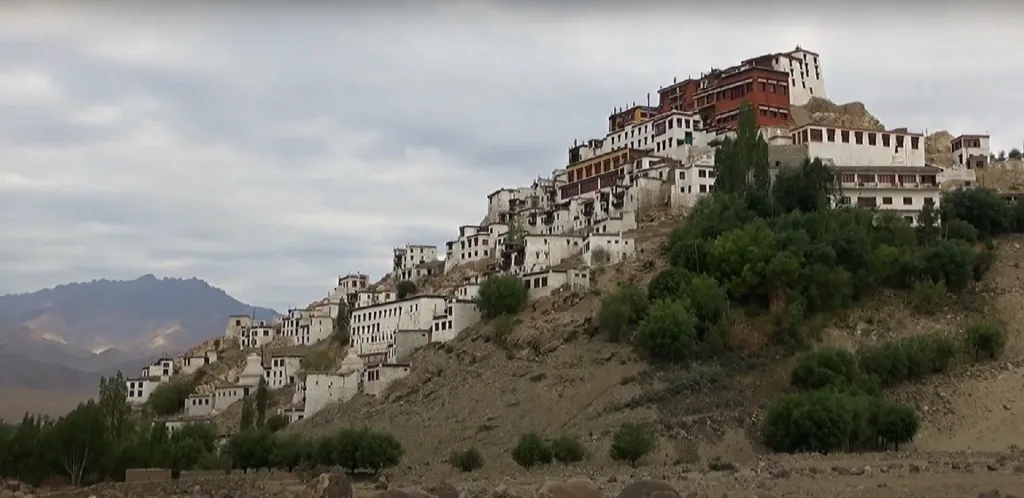
Monastery complex in Ladakh, which has been standing for more than 600 years, is a wide and expansive complex. It is impressive and contains eleven temples and chapels where about 100 monks live. A new temple with a 15-meter-tall Buddha statue will greet you as you reach the center courtyard.
Racks of books, many of which are handwritten or painted, line the walls of the Monastery’s main prayer chamber, which is intriguing. Two smaller Bodhisattva pictures flank a huge image of Sakyamuni that is located beyond the prayer room. While ascending the stairway leading to the courtyard, you can also tour several shrines honoring protective deities.
A unique look into Buddhism is offered to visitors at the excellent place of cultural and spiritual significance . For people interested in learning about history, art,and spirituality, it is still one of the monasteries in Ladakh that they must visit.
3. Lamayuru Monastery

At a height of 3510 meters, Lamayuru Monastery is also referred to as the Moon-land of Ladakh. This is due to its unique geographical formations, which include moon-like mountain landscapes. The monastery’s surrounding valley is absolutely lovely. On a full moon night, the region is said to resemble heaven and is known as the moon-land.
At Lamayuru, the famous translator Rinchen Zangpo built five temples, just one of which is still standing today. For the Muslims of Kashmir as well as the Buddhists and Muslims of Ladakh and Baltistan, Lamayuru was a holy site. Numerous times, the monastery has escaped destruction and pillage.
In Lamayuru Monastery, Yuru Kabgyat is observed during the second lunar month of the Tibetan calendar. It often occurs at the end of July. A ritualistic masked dance is done throughout this two-day celebration in addition to other sacred ceremonies.
4. Tabo Monastery
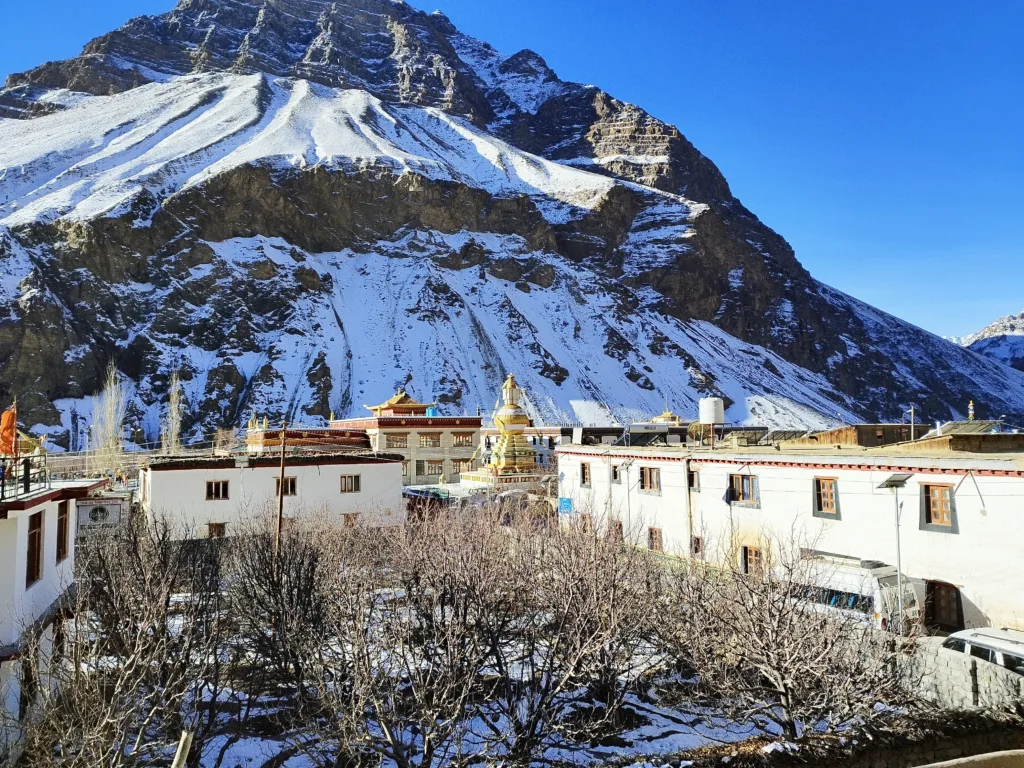
One of the most well-known Buddhist Monasteries in the Lahaul and Spiti Valley is Tabo Monastery, also referred to as the “Ajanta of the Himalayas.” It was established in 996 AD. At a height of 3050 meters, this ancient building is perched on the stony, arid, and bleak desert of the Tabo valley. Throughout the years, it has successfully preserved Buddhism’s illustrious history, customs, and culture. Unlike other Buddhist temples made only of mud, Tabo monastery has unique architecture. The oldest continually running Buddhist settlement in both India and the Himalayas is known as Tabo.
The Tabo monastery, also known as Chogs-hkhor (‘doctrinal circle’), which has nine temples, 23 chortens, a monks’ chamber, and an addition that houses the nuns chamber, is the main attraction of this settlement and, for that matter, the entire valley. A group of caverns, including an “assembly hall,” are located on the sheer cliff-face above the enclave and served as the monks’ homes. The paintings that originally decorated the rock face can still be made out in faint traces.
5. Key Monastery
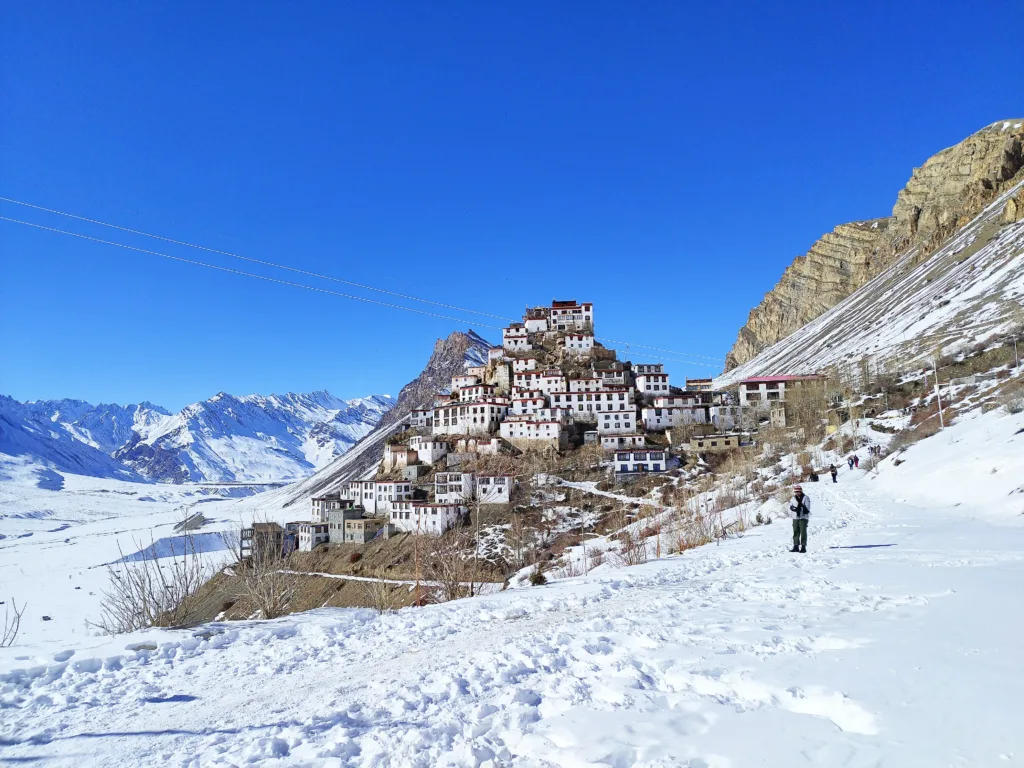
One of The largest monastery among all Buddhist Monasteries in the Spiti Valley is without a doubt Key/Ki/Kee monastery. It serves as a significant Lamaic religious hub. It is situated near the Spiti River in the Spiti Valley of Himachal Pradesh, India, at an elevation of 4,166 meters above sea level.According to legend, Dromton (Brom-ston, 1008–1064 CE) founded Kye Gompa in the eleventh century. Key Monastery was often rebuilt after being destroyed by attackers. It caught fire in 1840, and an earthquake in 1975 severely damaged it. The continuous renovations and reconstruction have enabled this stunning abbey to maintain its splendor, despite the repeated attacks not taking away its enchantment.
The monastery is where many lamas receive their religious instruction. Additionally, it is well-known for its stunning paintings, thankas, priceless manuscripts, stucco artwork, and unusual wind instruments that serve as the orchestra whenever Chham is performed in the gompa in the summer. The gompa’s arsenal of weaponry, which may have been used to fend against marauders as well as to keep its grip over anyone betraying a church-militant character, is another intriguing component of the building.
6. Tawang Monastery

How eager are you to go see the majestic, 400-year-old monastery that graces the North-Eastern states of India? The Tawang Monastery has the biggest monastery in both India and the entire world. It is well-known to Indian Buddhists around the country and is situated in the Tawang Valley in Arunachal Pradesh. You can visit the museum, which is close to the three-story cloister, in addition to the monastery. The 65 residential buildings that make up the cloister’s library, which has a sizable collection of classical and Buddhist books, are its most famous features. The Thangka murals in the cloister, which were created using the blood from the fifth Dalai Lama’s nose, are also remarkable.
It is surrounded by beautiful vegetation, a must-see for Torgya festival attendees, and is nothing short of breathtaking and fantastic. The event is hosted every year in the monastery. You’ll get a complete sense of the history and splendor of the Buddhist era from this museum. When you come across old texts, artifacts, and gods, you’ll be taken back to the Indo-Chinese war.
7. Rumtek Monastery

The largest and holiest Buddhist monastery in Northeast India is Rumtek Monastery, also known as Dharmachakra Center. It is a well-known center for spiritual education and is situated in eastern Sikkim. The 9th-century cloister is a masterwork of architecture with magnificent historical artifacts and surprising patterns. Additionally, a serene setting for meditation is generated by the combination of nature with breathtaking vistas, waterfalls, river fronts, and powerful mountains.
The major draw of the monasteries is the Golden Stupa, which contains the remains of the 16th Karmapa, but the masked dances of Drupchen, which take place in May and June, are equally interesting to watch.
8. Rolong Monastery

The purest kind of happiness and serenity can be found at Namchi’s Ralong Monastery. See for yourself how this cloister attracts everyone’s love and attention during the Pang Lhabsol celebration. If you come here in November, you might be among the fortunate ones to be allowed to take part in this event. Monks performing the fabled Kagyed dance can be seen on these occasions. They execute this dance on the eve of the celebration to show their happiness. Mahakala dance and other types of dance are also performed here. Visit this charming monastery, which is nestled in the arms of nature and surrounded by emerald mountains.
9. Pemayangtse Monastery

Northeast India’s Pemayangtse monastery is a lovely place to explore, and Mount Kanchenjunga, India’s highest mountain peak, makes a stunning backdrop. Pemayangtse, the oldest monastery in Sikkim, was founded in the 17th century by Lhatsum Chenpo. For many years, Bhutia monks have lived there. This monastery will be in charge of running all Tibetan Buddhist monasteries in Nyingma. Among the highlights here are historical paintings, Lord Padmasambhava’s sculptures, elaborate decorations, and a gorgeous golden roofing. Visits to its Cham Dance Festival are common. The best time to visit is March to May.
10. Phuktal Monastery

On one side of the gorge on the Tsarap Chu, a significant tributary of the Zanskar River, the monastery rises out of the mountainside. It appears to be a giant honeycomb from a distance. Some even refer to Phugtal monastery as the “Honeycomb Monastery” as well as to the “cave monastery.” If you believe that monasteries contain a sense of mystery, Phugtal Monastery is certain to support this notion. The architecture is rustic and ancient, full of mystery and history. The Phugtal Monastery is truly enormous, stunning, and fascinating. It makes sense why it is called the “stairway to heaven.”
The monastery is now home to about 100 monks and is still one of the most isolated destinations in Zanskar. Due to the significant snowfall during the winter, Phuktar Monastery is cut off from the outside world. In reality, during the winter months when there is a lot of snow, Zanskar is cut off from the rest of Ladakh. During the winter, the only way to travel to Zanskar is via crossing the frozen Zanskar River because the roads get blocked. That is the Chadar Trek, in which hikers cross a frozen river to get to Padum, the capital of Zanskar.
These are the must visit Buddhist Monasteries in india. hope you will like the article. do share your thoughts and suggestion in Comments.

